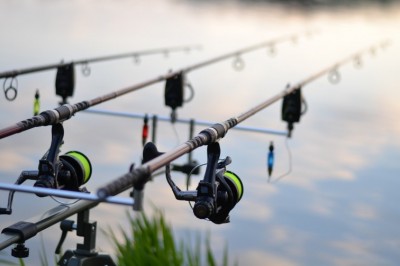Cook Your Food By Boiling
BOILING.--As applied to cooking, boiling means cooking foods in boiling water. Water boils when its temperature is raised by heat to what is commonly termed its boiling point. This varies with the atmospheric pressure, but at sea level, under ordinary conditions, it is always degrees Fahrenheit. When the atmospheric pressure on the surface of the water is lessened, boiling takes place at a lower temperature than that mentioned, and in extremely high altitudes the boiling point is so lowered that to cook certain foods by means of boiling water is difficult. As the water heats in the process of boiling, tiny bubbles appear on the bottom of the vessel in which it is contained and rise to the surface. Then, gradually, the bubbles increase in size until large ones form, rise rapidly, and break, thus producing constant agitation of the water.
Boiling has various effects on foods. It toughens the albumin in eggs, toughens the fiber and dissolves the connective tissues in meat, softens the cellulose in cereals, vegetables, and fruits, and dissolves other substances in many foods. A good point to bear in mind in preparing foods by boiling is that slowly boiling water has the same temperature as rapidly boiling water and is therefore able to do exactly the same work. Keeping the gas burning full heat or running the fire hard to keep the water boiling rapidly is therefore unnecessary; besides, it wastes fuel without doing the work any faster and sometimes not so well. However, there are several factors that influence the rapidity with which water may be brought to the boiling point; namely, the kind of utensil used, the amount of surface exposed, and the quantity of heat applied. A cover placed on a saucepan or a kettle in which food is to be boiled retains the heat, and thus causes the temperature to rise more quickly; besides, a cover so used prevents a loss of water by condensing the steam as it rises against the cover. As water boils, some of it constantly passes off in the form of steam, and for this reason syrups or sauces become thicker the longer they are cooked. The evaporation takes place all over the surface of the water; consequently, the greater the surface exposed, the more quickly is the quantity of water decreased during boiling. Another point to observe in the boiling process is that foods boiled rapidly in water have a tendency to lose their shape and are reduced to small pieces if allowed to boil long enough.
Besides serving to cook foods, boiling also renders water safe, as it destroys any germs that may be present. This explains why water must sometimes be boiled to make it safe for drinking. Boiled water, as is known, loses its good taste. However, as this change is brought about by the loss of air during boiling, the flavor can be restored and air again introduced if the water is shaken in a partly filled jar or bottle, or beaten vigorously for a short time with an egg beater.
Information on cooking sea bass can be found at the Easy Home Cooking site.





























